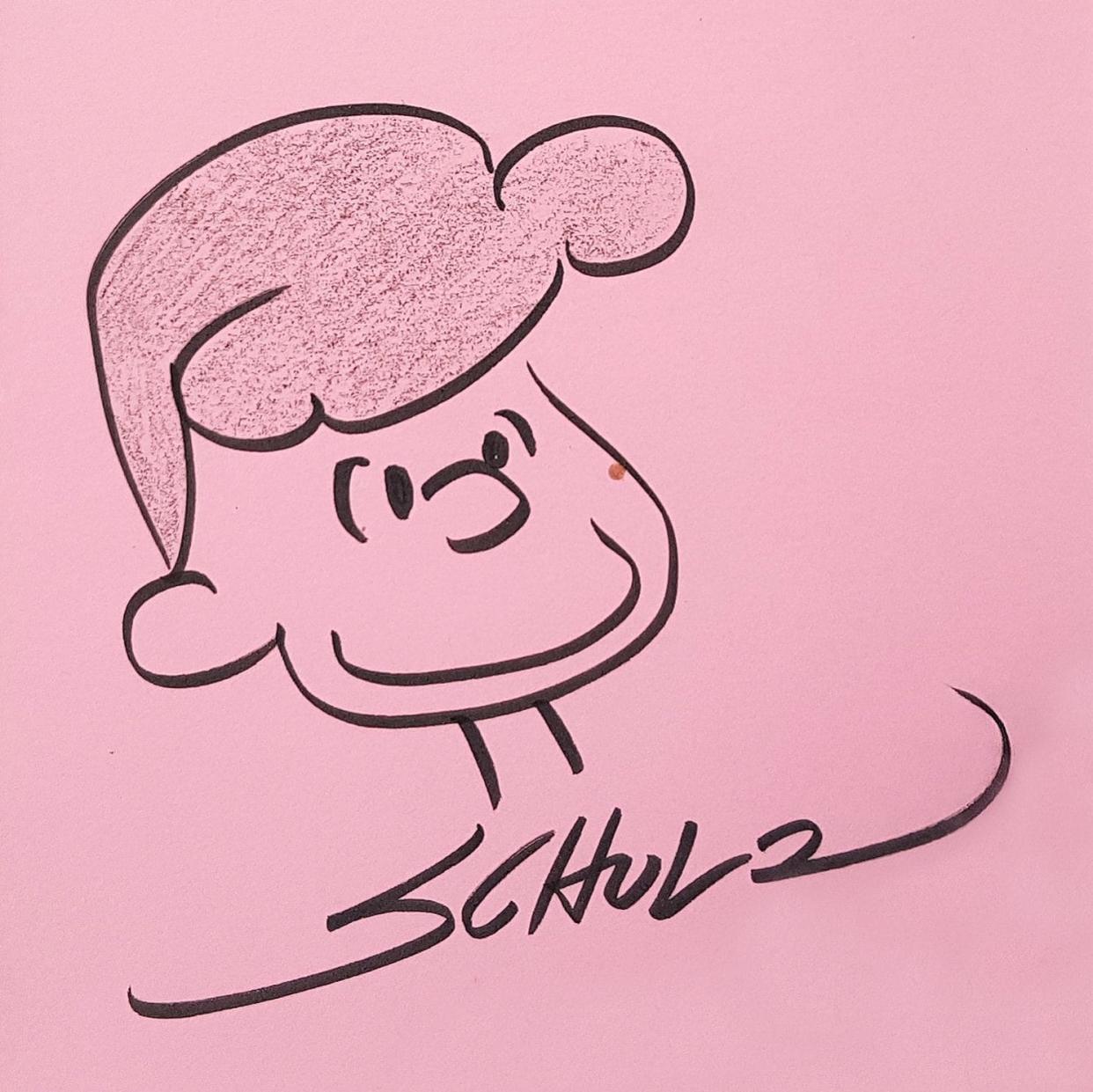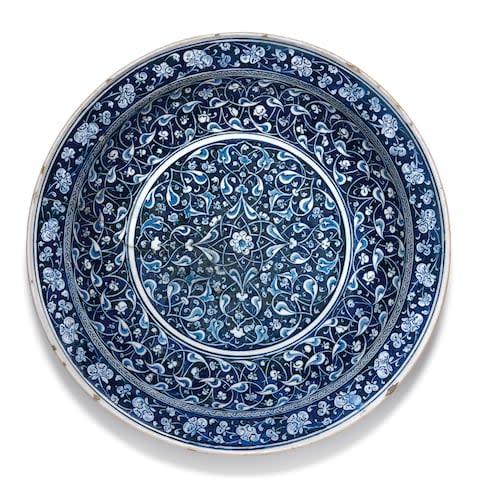London goes nuts for Peanuts, and how to bag a bargain Burne-Jones

As Somerset House opens an exhibition celebrating Charles M Schultz, creator of one of the world’s most popular cartoon strips, Peanuts, the enterprising Haynes Fine Art gallery has rustled up half a dozen original Schultz drawings for the Winter Art & Antiques Fair in Olympia this week, priced from £5,000 to £10,000.
Though Schultz drawings are not exactly rare, demand has driven some over the $100,000 (£78,000) mark in the US.

How to bag a bargain Burne-Jones
One of the highlights of Tate Britain’s current Edward Burne-Jones exhibition is the large-scale watercolour Love Among the Ruins (1870-1873), which sold for a thumping £14.8 million record in 2013, provoking a rise in value for anything Pre-Raphaelite-looking.
For those with a yen to own something original by Burne-Jones, but at a fraction of the price, hope is at hand.
At the Maas Gallery in Mayfair, an exhibition of vintage 19th century engravings of Burne-Jones paintings has been assembled. When he became successful, Burne-Jones’s dealers encouraged him to supervise the making of fine engravings to feed a market that had spread beyond the shores of England. It is not known how many were made, but certainly signed prints like these are now hard to find.

Many of the prints in the Maas exhibition are of paintings in the Tate show, including The Golden Stairs, priced at £6,500 and Love Among the Ruins (£6,500), while less finely produced platinotypes and photogravures (the catalogue has an excellent glossary of technical terms) are on sale for as little as £1,600 each.
The overlooked star of London's Islamic auctions
Despite the wealth of attention paid to the Abraaj sales in London’s Islamic auctions last week, the top lot of the series has gone barely noticed: a rare Iznik bowl (Turkish, Ottoman period c1480) – one of only four known bowls that are otherwise in museums including the Louvre.

Characterised by rigorously executed arabesque decoration, chinoiserie floral scrolls and an intense blue-black colouring, which reflects the embryonic stage of firing control, it was made roughly two decades before a brighter cobalt blue was accomplished. Sotheby’s estimated its value at £300,000, but following a 20-minute bidding battle, it sold for £5.4 million.
Sotheby’s says the buyer was an anonymous institution, and the Daily Telegraph understands that this could be either the Museum of Islamic Art in Doha or the Albukhary Foundation’s Islamic Arts Museum in Kuala Lumpur. The Foundation provided the financial support for the British Museum’s new Albukhary Foundation Gallery of the Islamic World which has just opened to great acclaim.
Sign up for the Telegraph Luxury newsletter for your weekly dose of exquisite taste and expert opinion.